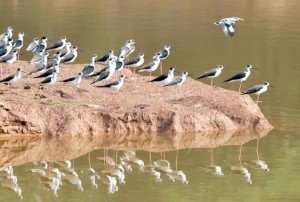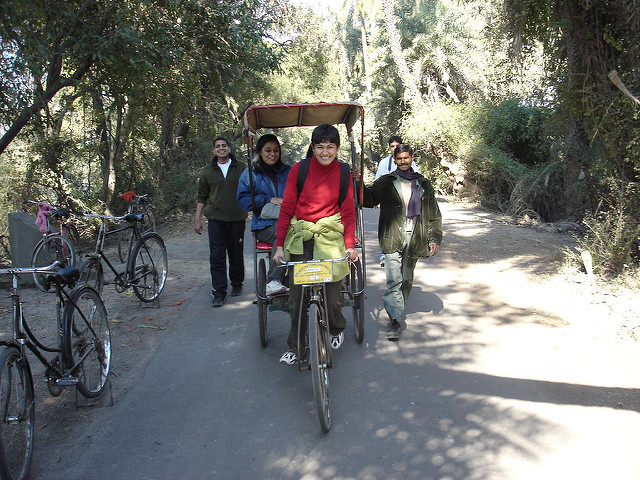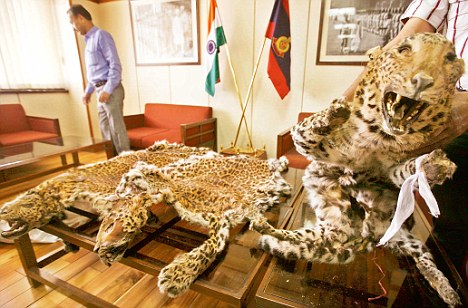 Sukhna Wildlife Sanctuary near Chandigarh is transforming into a perfect haven for wild animals. Massive afforestation and soil conservation efforts have turned this once erosion stricken land to a forest and a wildlife sanctuary that boasts of 9 mammal species and 63 species of birds according to a first time ever survey conducted by Widlife Institiute of India.
Sukhna Wildlife Sanctuary near Chandigarh is transforming into a perfect haven for wild animals. Massive afforestation and soil conservation efforts have turned this once erosion stricken land to a forest and a wildlife sanctuary that boasts of 9 mammal species and 63 species of birds according to a first time ever survey conducted by Widlife Institiute of India.
Sukhna Lake was constructed in 1958 near the Shivalik hills range in Chandigarh. The mountain ranges are sandy with pockets of clay and are therefore vulnerable to soil erosion. Soon it was found that the lake was suffering from siltation and was rapidly filling up. To prevent further siltation and soil erosion, massive efforts were put in by officials of the forest department. This included soil conservation efforts, planting of trees, direct seed sowing in contour trenches, and construction of 190 silt retention dams, more than 200 check dams, spurs, revetments and brushwood structures.
The effort paid off, and today, Sukhna cathment area is a lush green success story. Soil erosion has become a thing of the past here, with the lake, the trees and the dams working together to support life form of various kinds.
The first ever census of the Sukhna Wildlife Sanctuary conducted by the Wildlife Insttitue of Dehradun has revealed that the sanctuary is one of the important wildlife and biodiversity conservation areas.
There are nine mammals that were spotted in the forest area including leopard, sambhar, cheetal, wild boar, Indian porcupine, Indian pangolian, blacknaped hare, golden jackal, and grey langur. There are also 63 bird species including the peacock, red jungle fowl, grey partridge, cuckoo, night jar, golden oriole, kingfisher, swift, hoopoe, hornbill, barbet, woodpecker, roller, barn owl, parrot, dove, jacana, plover, coot, hawk, goose, swan, duck, grebe, black drongo, tree pie, jungle crow, bulbul, hill myna, koel, bee-eater, common myna etc
What is interesting to know is that the presence of a leopard shows that the newly developed wildlife sanctuary has enough prey population for this predator to survive. In years to come it would be interesting to watch what shape the forest takes and how many more wild animals call it their home.
Related Stories;
Unique Rainforest Festival in Assam
Pangolin Rescued from a well in Gujarat
Article reference: Chandigarh.gov IndianExpress






the latest attack in prakash nagar village west bengal by a leopard is quite rare
were did the predator come from
If someone corners you from all sides, the natural instinct for any animal or human will be to defend itself. The leopard did just that and because it is wild and ferocious, the attacks are bound to be hurtful. Somewhere down the line, we forget that humans have actually snatched so much of wilderness from animals that they have no choice but to venture into villages. It was a very sad incident nadeem.
I agreed Atula. First we took off their living place and now when they enters in civilized area, we kill them. This is really inhuman behavior by human.
i agree that a leopard had a come to prakash nagar west bengal ,but where the man has left the space for them,the forest is animls space to live and human has taken snached their
exactly Sheela..the leopards are just trying to get back what was theirs from humans…problem is the other way round…humans have encroached their land..